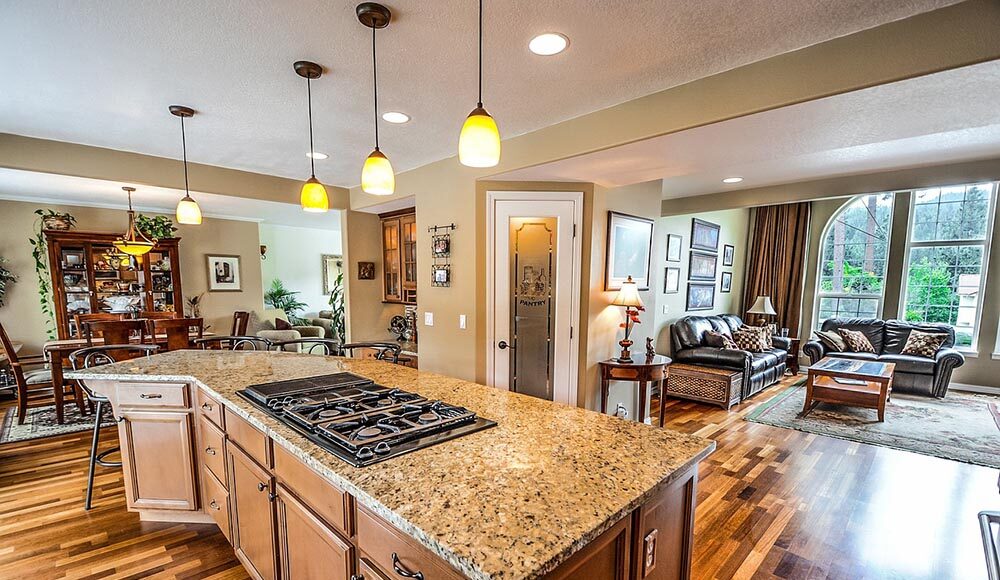For decades, neon was most often associated with storefronts, late-night diners, and buzzing city streets.
It carried the energy of nightlife and the grit of urban landscapes. But in recent years, neon sign has found its way indoors in a very different form. From minimalist apartments to upscale restaurants, contemporary interior design has embraced neon as both a functional and artistic element. What was once seen as retro signage is now a versatile design feature with a new story to tell.
Neon as a Statement Piece
One reason neon has returned to interior design is its power to make a statement. A glowing phrase on a living room wall or a bold neon artwork above a bed becomes an instant focal point. Unlike framed art or traditional decor, neon introduces both color and light, shifting the atmosphere of a room the moment it’s switched on.
In commercial spaces, neon achieves the same effect. A restaurant wall lined with glowing shapes or a bar highlighted with a vibrant logo creates a mood while reinforcing brand personality. The sign isn’t just decor, it’s part of the identity of the space.
A Blend of Nostalgia and Modernity
Neon’s comeback owes much to its blend of old and new. It carries a touch of nostalgia, reminding people of vintage signs and retro cityscapes, while at the same time feeling modern thanks to advances in LED technology. Designers now can create neon-inspired lighting that is safer, more durable, and far more flexible than traditional glass tubes.
This combination makes neon particularly appealing for contemporary interiors. It feels familiar yet fresh, playful yet sophisticated. Homeowners and designers can use it in small doses for a subtle glow or go bold with larger installations that define an entire room.
The Role of Color and Mood
Color psychology is central to interior design, and neon takes it a step further by pairing hue with illumination. A warm red or orange glow can create energy and intimacy, while cooler tones like blue or purple bring a sense of calm. Because neon emits its own light, it has the unique ability to shape the mood of a space even in darkness.
This makes neon especially popular in bedrooms, home offices, and entertainment areas where ambiance matters. It functions as both artwork and atmospheric lighting, replacing the need for multiple decor elements with a single, striking feature.
Versatility in Application
Contemporary designers appreciate neon for its adaptability. It can highlight architectural features, frame a mirror, or be shaped into custom neon sign typography that reflects personal style. It works just as well in a minimalist white loft as it does in a cozy, eclectic apartment.
Restaurants and retail spaces also take advantage of this flexibility. A neon sign can be playful, ironic, sophisticated, or even subtle, depending on the design. Because it can be customized so easily, it allows each project to feel unique rather than generic.
CRAZY NEON® and the Modern Revival
CRAZY NEON® has been at the forefront of this resurgence, creating custom signs for interiors around the world. Their work shows how neon can move beyond advertising and become a true design element. From wedding backdrops to personalized home decor, CRAZY NEON® combines craftsmanship with modern LED technology to deliver pieces that are both durable and expressive.
As an international brand, CRAZY NEON® has helped bring neon into contemporary interiors on a global scale. Their ability to transform sketches into glowing, personalized designs reflects the very spirit of neon’s revival, creativity meeting technology to reshape how we see light in our spaces.
Neon as the Future of Decor
The return of neon isn’t just a passing trend. As interiors continue to prioritize individuality and experience, neon’s role is likely to grow. It offers a rare combination of art, light, and emotion that few other elements can provide. Whether in homes or commercial spaces, neon bridges the gap between functional lighting and expressive design.
In the end, neon’s resurgence in contemporary interiors isn’t about copying the past. It’s about reimagining it. What once lit up streets now brings personality into private and public spaces, proving that neon has a future as bright as its glow.
##





